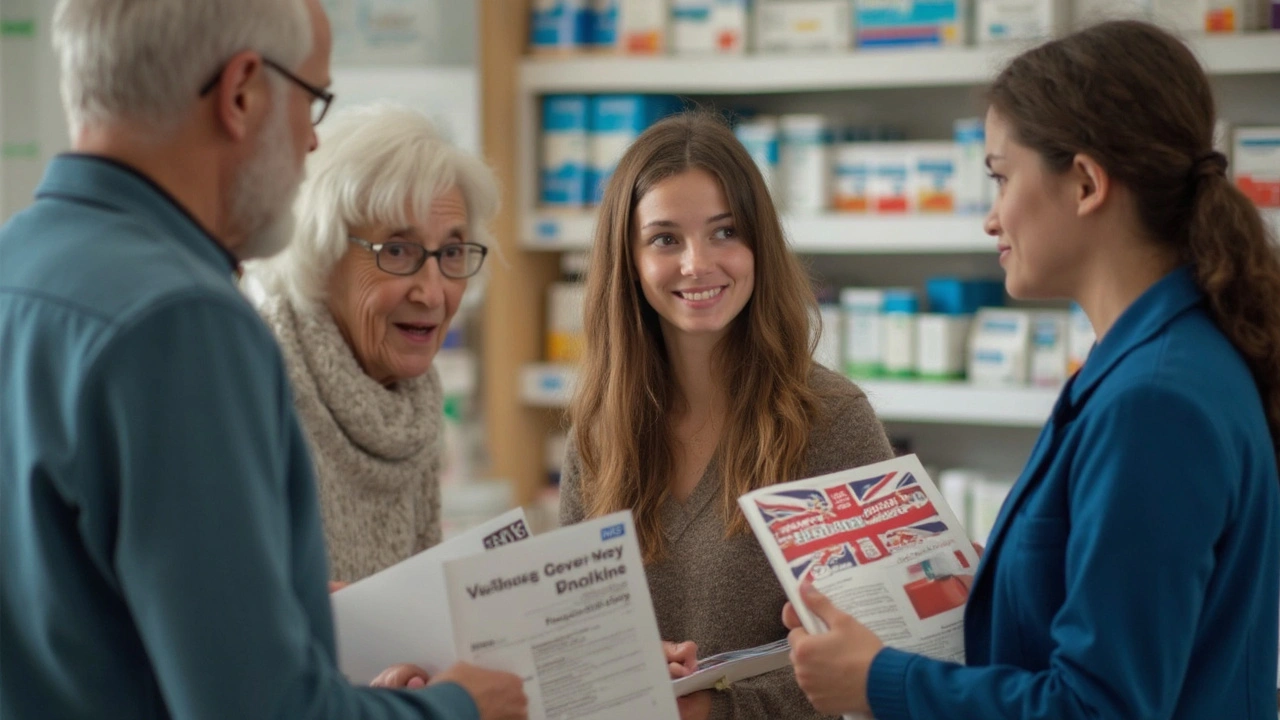Patient Assistance Programs: Your Shortcut to Lower Drug Costs
If you’ve ever stared at a prescription price tag and felt the sting, you’re not alone. Patient assistance programs (PAPs) are designed to cut that sting by offering discounts, free medication, or even full coverage for people who qualify. Think of them as a safety net that pharma companies, charities, and government agencies set up to make essential meds more affordable.
How Do These Programs Work?
Most PAPs start with a simple application. You’ll need basic info like your name, address, income, and the medication you’re after. Some programs ask for proof of insurance or a doctor’s prescription; others don’t. Once approved, you either get a coupon code to use at the pharmacy or the drug is shipped directly to you at no cost.
Eligibility varies. Many programs target low‑income households, seniors, veterans, or people with chronic conditions. A quick income check—often under $30,000 a year—can unlock free insulin, asthma inhalers, HIV meds, and more. If you’re on Medicare, Medicaid, or have private insurance, you might still qualify for extra savings.
Steps to Get Started Quickly
1. Identify the drug you need. Write down the brand name, dosage, and how often you take it. This helps you locate the right program fast.
2. Search reputable sources. The MenMD.com tag page lists dozens of articles that point to specific PAPs. Look for official pharma websites, nonprofit groups like the Patient Access Network, or government portals such as NeedyMeds.
3. Gather documentation. Usually a recent pay stub, tax return snippet, or proof of benefits is enough. Keep everything digital so you can upload it without hassle.
4. Fill out the form. Most applications are online and take under 10 minutes. Double‑check spelling—mistakes can delay approval.
5. Follow up. After submission, you’ll get an email or a phone call. If you hear nothing after two weeks, give them a quick call; sometimes paperwork gets stuck.
Pro tip: Keep a folder—physical or cloud‑based—with all your PAP paperwork. That way, when a new drug comes into play, you can reuse the same info without starting from scratch.
Don’t forget to check expiration dates on coupons and program enrollment periods. Some programs reset every quarter, so staying on top of renewals keeps the savings rolling.
If you hit a roadblock—like a denied application or unclear eligibility—reach out to your pharmacist. They often know which programs are still open and can help you tweak the application for better odds.
Bottom line: Patient assistance programs exist to make medication affordable, not exclusive. By taking a few minutes each month to review available options, you can keep your health budget in check without sacrificing care.
9 Alternatives to RxAssist.org for Prescription Savings and Assistance
Struggling to pay for prescriptions? There’s more than just RxAssist.org. This article uncovers nine solid alternatives to help you save money on meds or find the help you need. Whether you’re after discount cards, full patient assistance programs, or need fast info about savings, you’ll get specific pros and cons for every pick. Practical tips are woven in so you know what to expect. Compare top options side-by-side and see which help fits your situation.
© 2025. All rights reserved.

